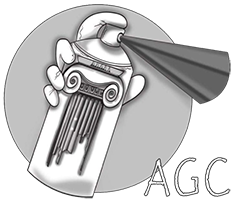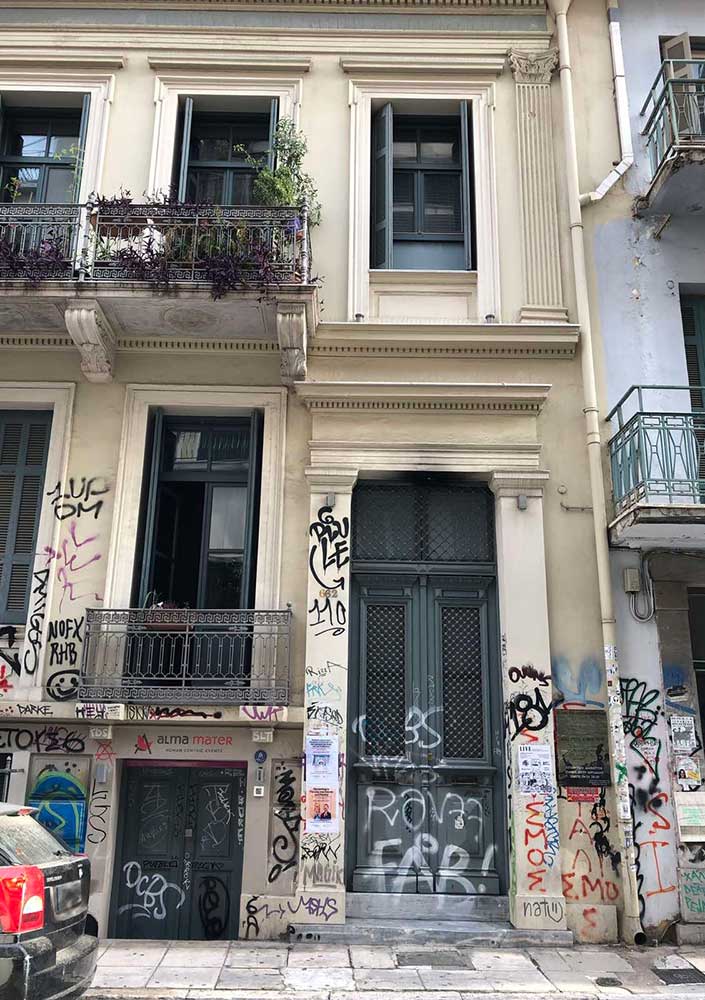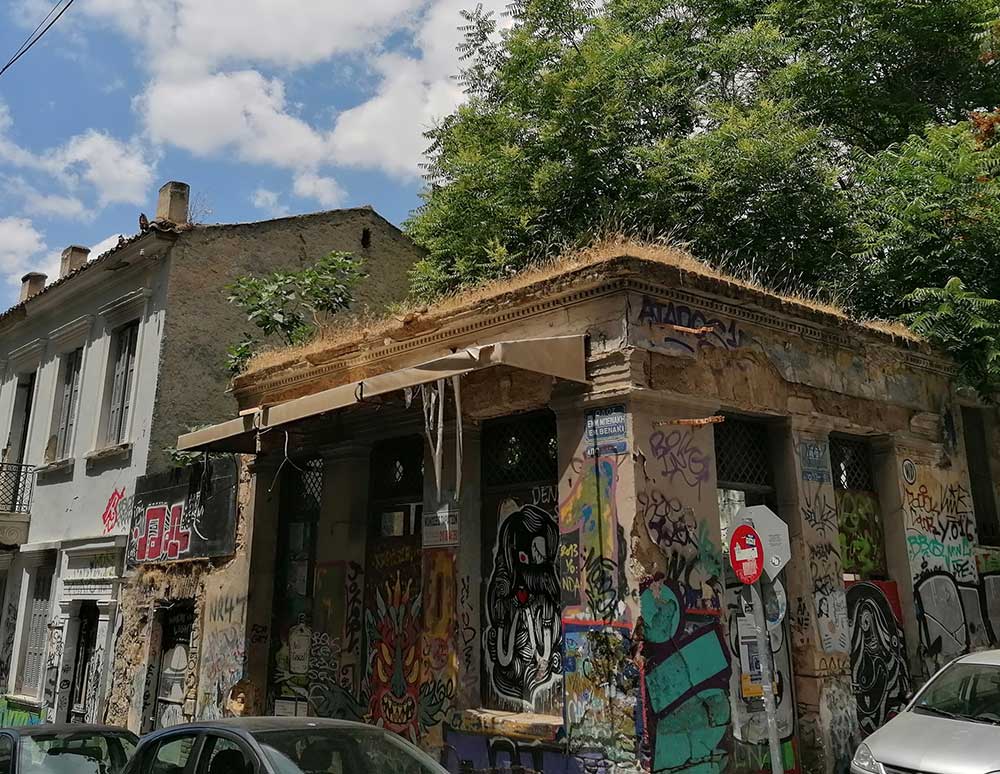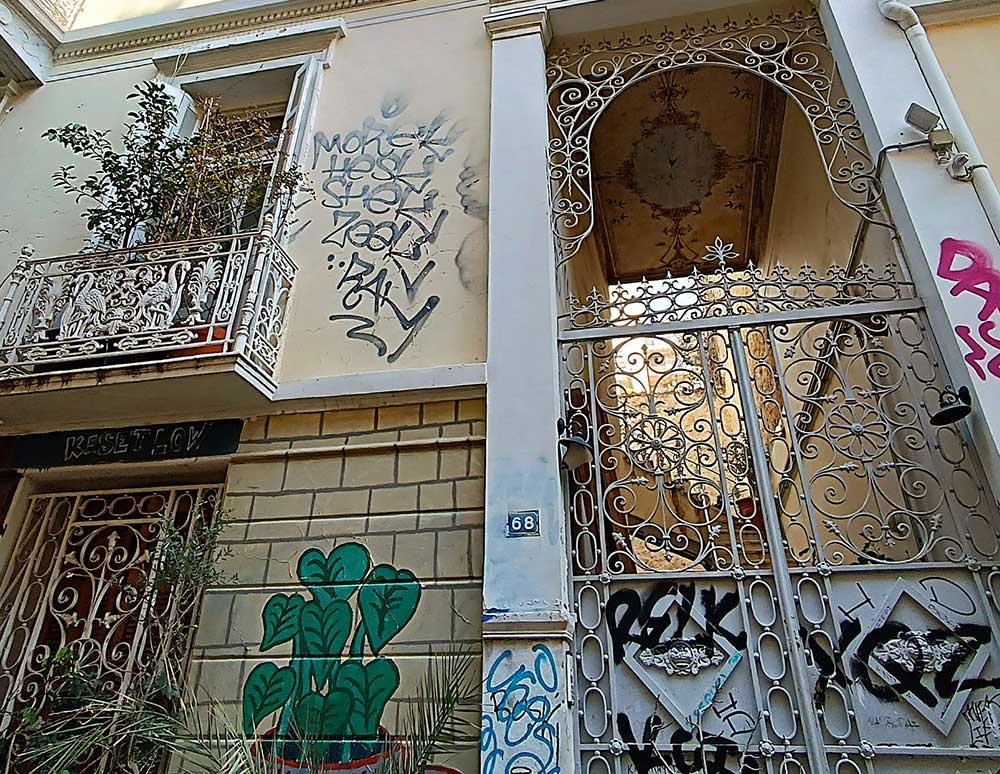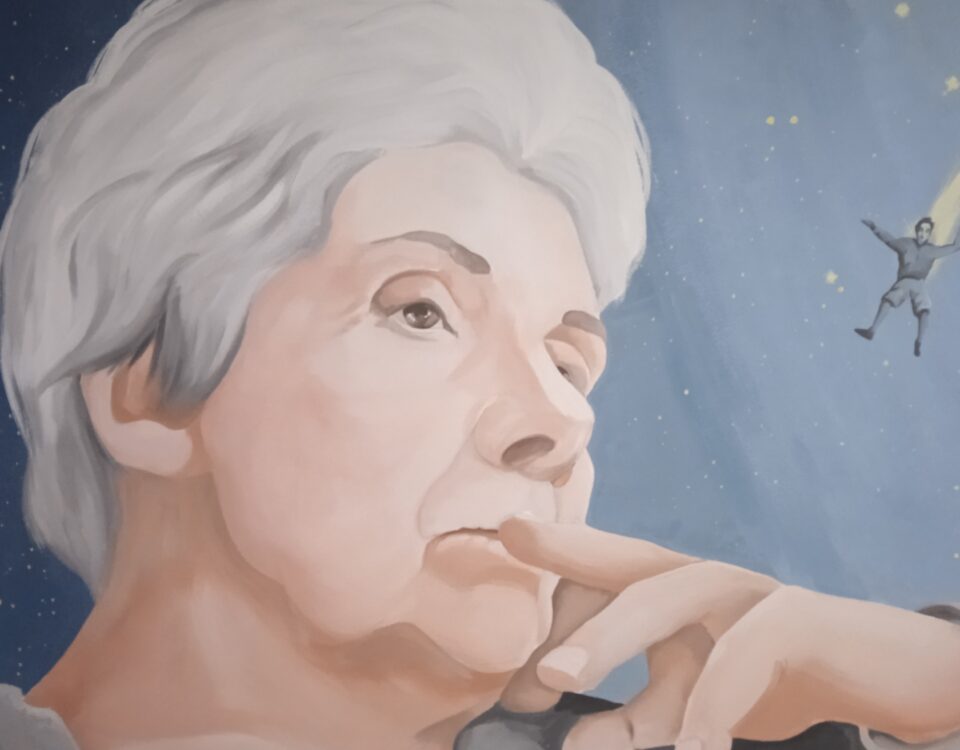Graffiti in buildings in the neighbourhood of Neapolis

Vasilis Manousakis
2 October 2025
AGC’s Eve Athanasekou is interviewed by Ecogreennet
13 October 2025Graffiti in buildings in the Athenean neighbourhood of Neapolis
…where many modern Greek women of letters, sciences and arts lived
Ioanna Antipati, Ph.D. & M.Ed.
According to Wikipedia (s.a.), Neapoli (New City) is a neighbourhood of Athens, Greece stretching between Mount Lycabettus and Strefi Hill. Its name originates from the first decades of developing modern Athens and describes the area beyond Praxitelous and Euripidou Streets, in contrast to the Old City. In time, the name was reserved to the eastern side of the area. The limits of the neighbourhood stretch between the Academias Street and Alexandras Avenue on the slopes of Mount Lycabettus to the north and the neighbourhood of Exarcheia to the west.
Therefore, it has been a suburb of Athens outside the city limits of Old Athens, “almost detached from the main body of the city, hence the name Neapolis and Suburb Street!” (modern Emmanouil Benaki Street), as mentioned by the writer and traveller Gustave Flaubert during his visit to Athens.
Neapoli attracted many artists and intellectuals, boasting among its residents E. Venezis, N. Gyzis, K. Karyotakis, S. Myrivilis, G. Xenopoulos, K. Palamas, A. Proveleggios and G. Halepas. Also many female scholars, intellectuals, scientists and artists also lived, worked and created in the area.
If we were to focus a little bit more on the latter ones, we would single out, for starters, Kallirroi Parren (journalist and leader of the Greek feminist movement) at her desk pouring over the articles for the next issue of the Ladies Newspaper. There, in her office (on Philellinon Street, at the D. Zachariou Residence, opposite the Russian Church), she was visited by other great Greek women, prominent in the field of the Fine Arts (mainly painting) such as Thaleia Flora, Kleoniki Aspriotou and Sofia Laskaridou, with whom she maintained friendly relations (Parren, 1901).
From the field of sciences and specifically from that of health and medicine, for example, doctor (obstetrician) Anthi Vasileiadou, who had studied in the Medical School of the University of Athens, chose the area for her professional establishment. After acquiring two years of professional experience in the maternity clinic of a famous Parisian obstetrician, she returned to Greece to practice “as gynecologist and obstetrician” in her medical office at 44 Mavromichali Street. In the same neighbourhood, at the junction of Zoodochou Pigis and Navarinou Streets, her friend Polymnia Panagiotidou opened her pharmacy, which was the first pharmacy owned by a female pharmacist in Greece. One year prior to the establishment of her pharmacy, Panagiotidou had become the first Greek woman to be awarded a PhD in pharmacology from the National University as well as had acquired the professional license to practice as a pharmacist.
Moving on to the field of art, we will focus on Nina Foka, an artist, opera and operetta singer, with an established career in France. According to an article in the “Musical Movement” Journal, “she arrived in Athens in 1904, where she taught with excellent performance in the Athens Conservatory,” which was situated at the beginning of Peiraios Street, in a public building offered by the government, previously the Vlahoutsi family residence.
Musically educated, at least to some degree, were also the students of Girls’ Schools and more specifically those attending the Arsakeio Girls’ School (laso known as “the grand national educational institute”), on Panepistimiou Avenue. Those students were able to showcase their musical and dance abilities by participating in the cultural events of the Lyceum Club of Greek Women (Lykeio Ellinidon), for the first time most notably in the famous Anthesteria Festival of May 1911 in Zapeion Megaron, where they included in their performance Greek traditional dances. In general, there were many Greek women of letters, arts, sciences and arts that volunteered in the Lyceum Club of Greek Women, the offices of which were located at 4 Othonos Street. The aforementioned Kalliroi Parren served as its President for many years, and Sophia Mineiko, Anna Mela, Maria Kalapothaki, Eleni Georganti, Evanthia Empedokli, Anastasia Nafpliotou, Sophia Ziller, Anthi Vasileiadou, Nina Foka and others were included in the long ranks of its collaborators.
What would the bourgeois intellectual-scholar women, who lived and created in these buildings, say, if they could see them now? Would they notice the changes in the buildings through time? And what conclusions would we draw in 21st-century Greece, while we attempt to feel for any remains of urban life leaping from the deserted or derelict houses, which in spite of the attempts of “modernizing” Athens, still exist? Moreover, while observing the graffiti on their exterior walls, what kind of correlations would we reach regarding the messages they attempt to convey, or the symbolisms they hold, in conjunction with the social and cultural conditions and functions taken place through the decades? Are they compatible with the personalities and the lifestyle of those resident modern Greek women “of letters, sciences and arts”?
Ioanna Antipati Phd, MEd
Preschool teacher
Photos [left, right]
Photo 1: 62 Emmanouil Benaki Street, taken by B. Kondilis (AGC).
Photo 2: Neapolis, Emmanouil Benaki 89 & Eressou Streets https://www.athensvoice.gr/life/life-in-athens/837925/neapoli-i-gnosti-agnosti-istoria-tis-geitonias/
Photo 3: Neapolis, 68 Methonis St. https://www.athensvoice.gr/life/life-in-athens/837925/neapoli-i-gnosti-agnosti-istoria-tis-geitonias/
